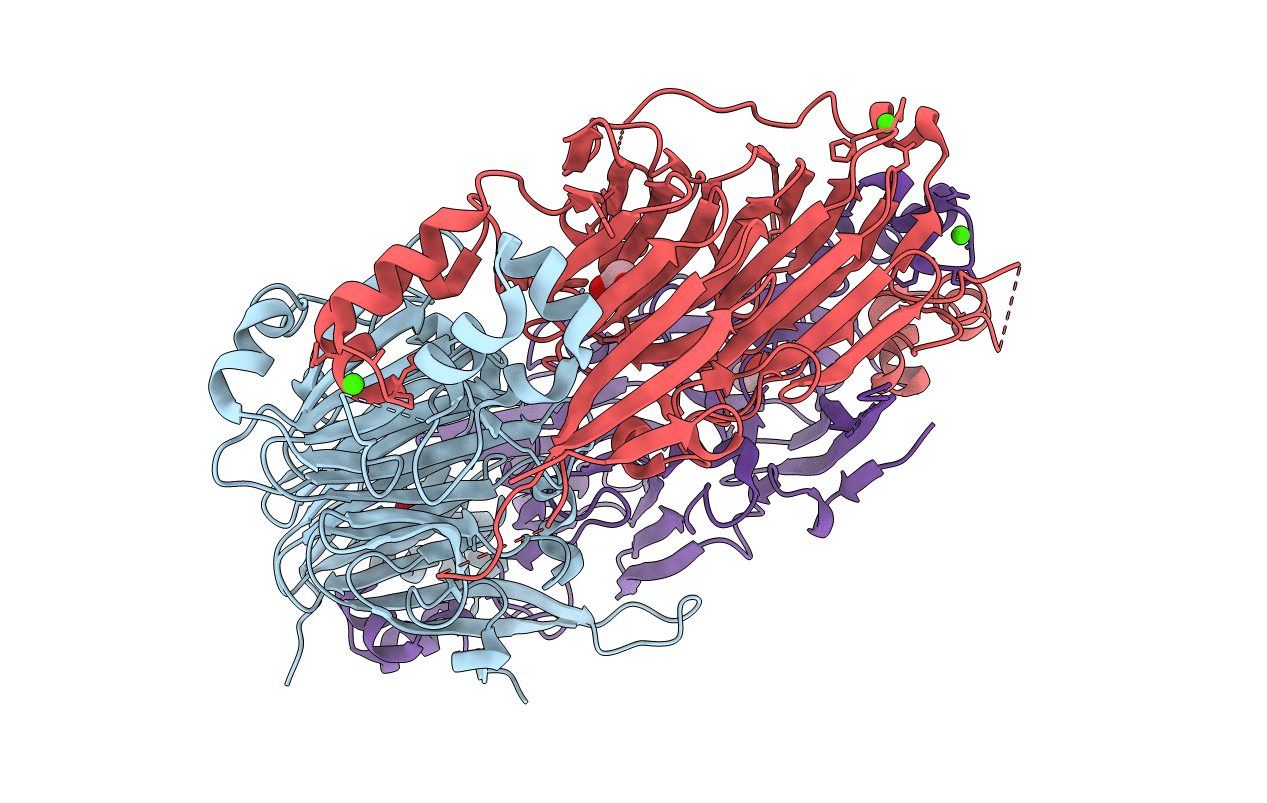
Deposition Date
2007-01-30
Release Date
2008-02-05
Last Version Date
2023-10-25
Method Details:
Experimental Method:
Resolution:
1.80 Å
R-Value Free:
0.22
R-Value Work:
0.19
R-Value Observed:
0.19
Space Group:
P 1 21 1


